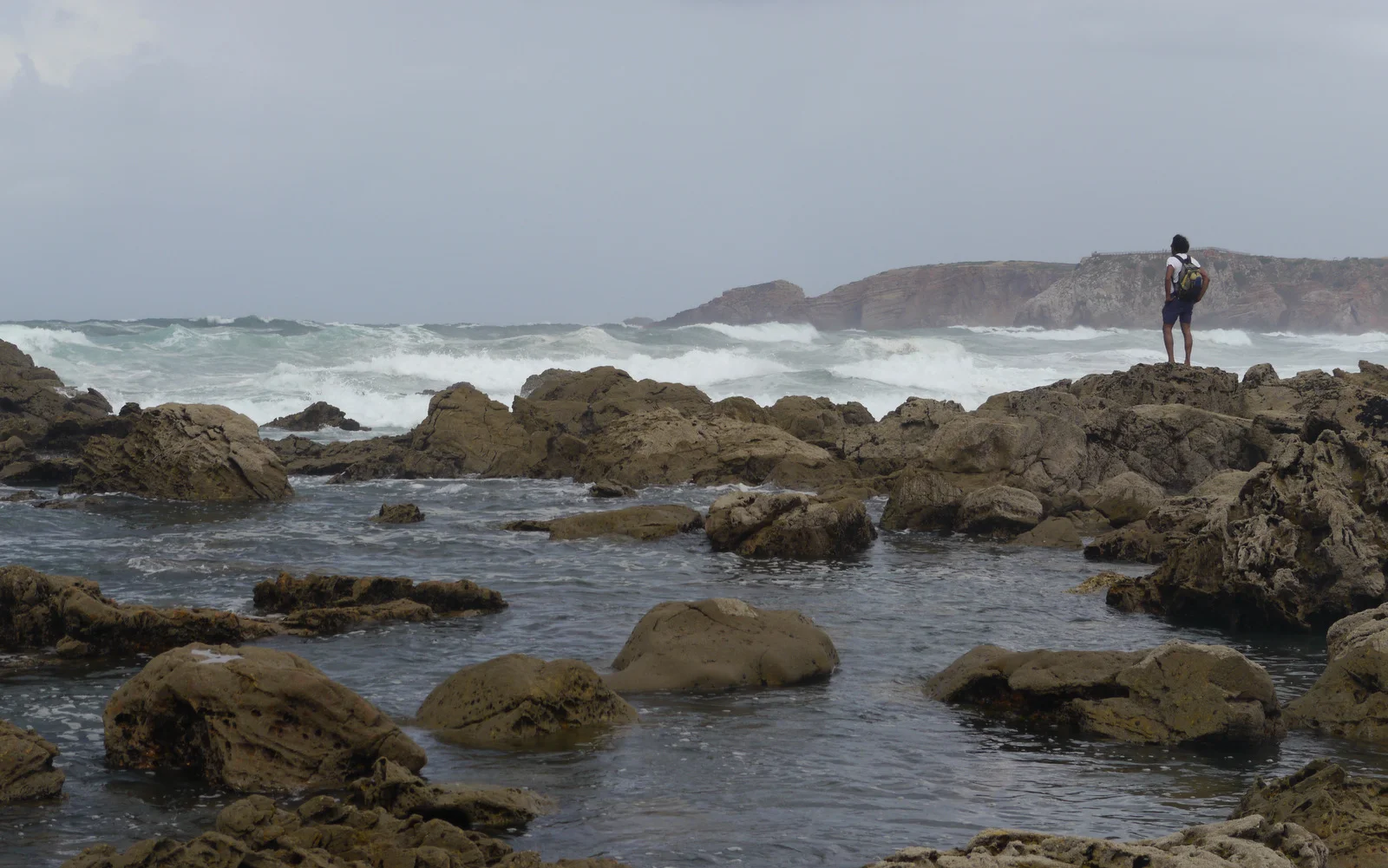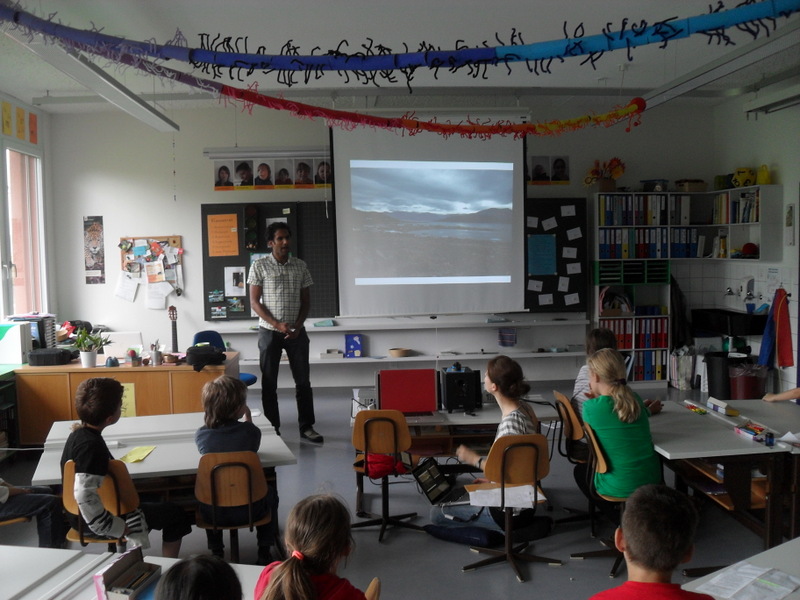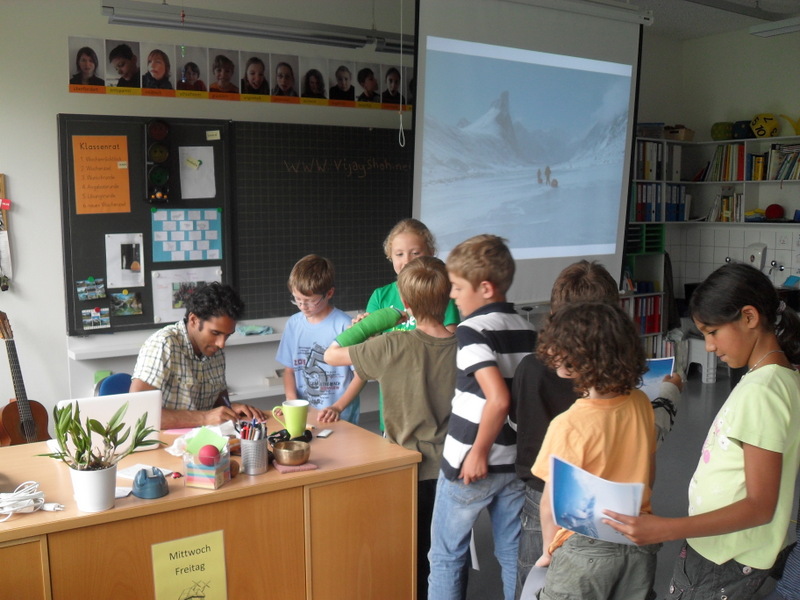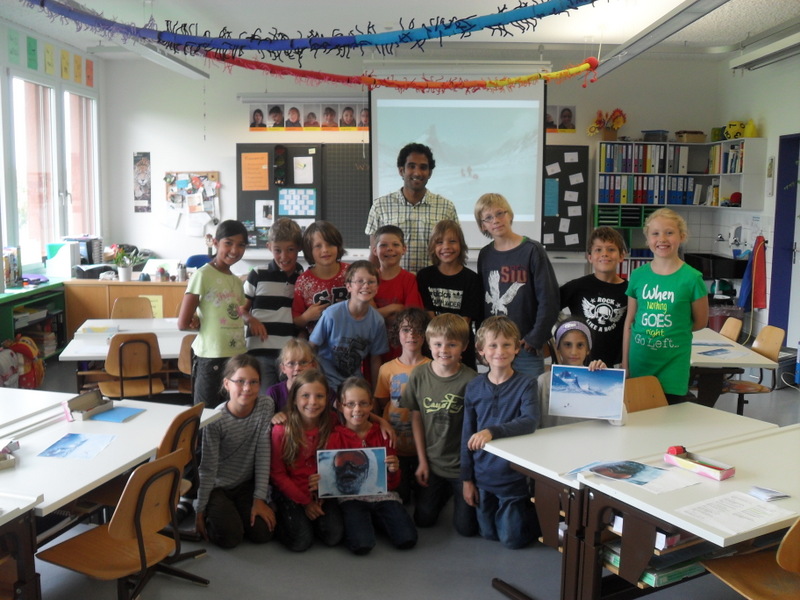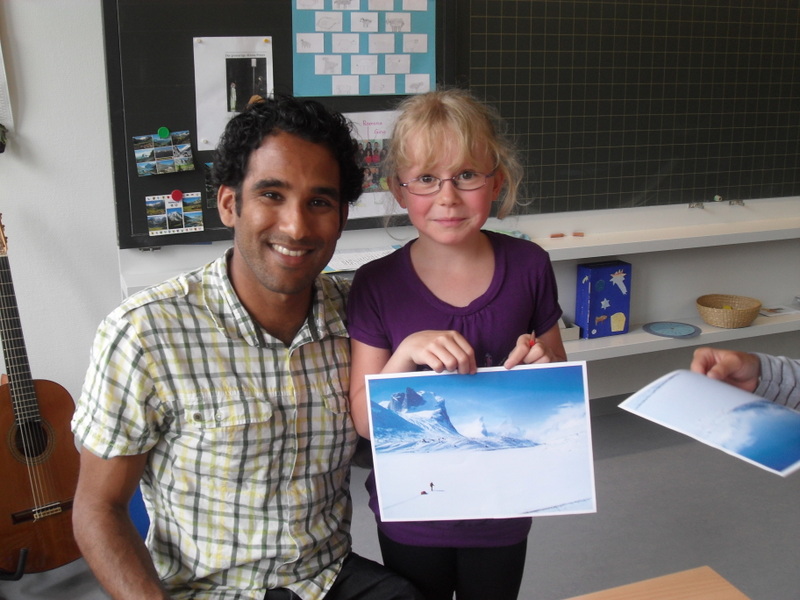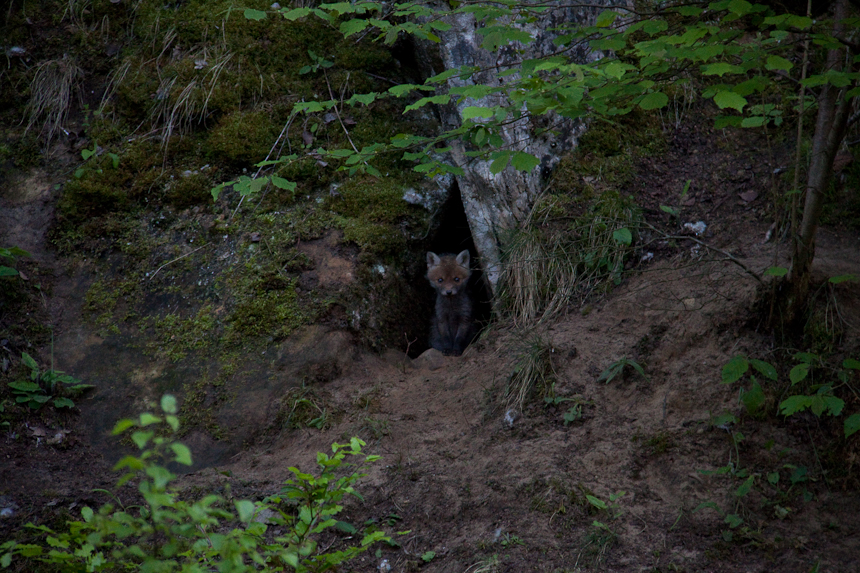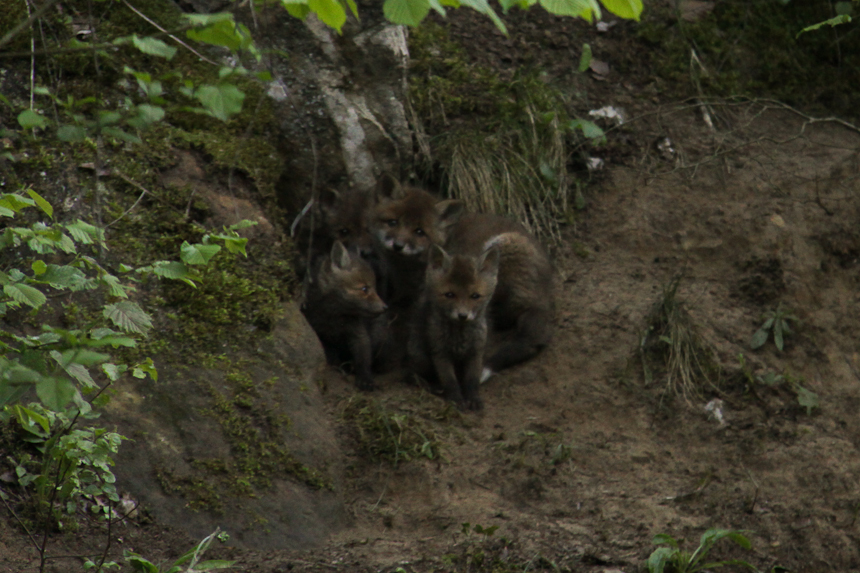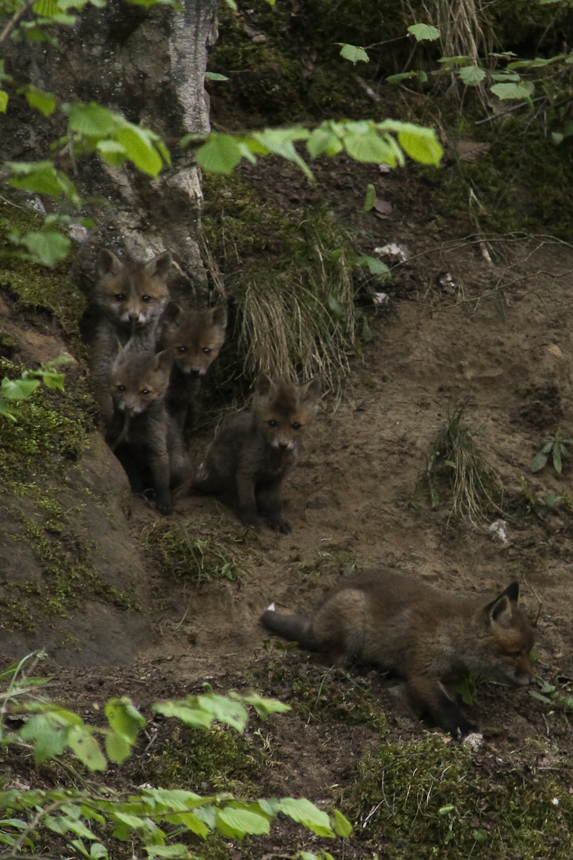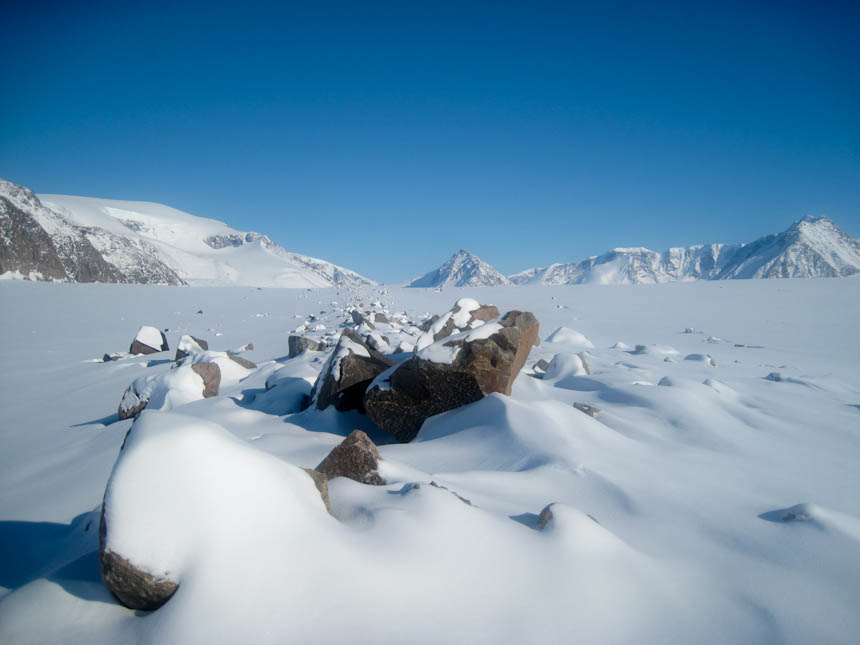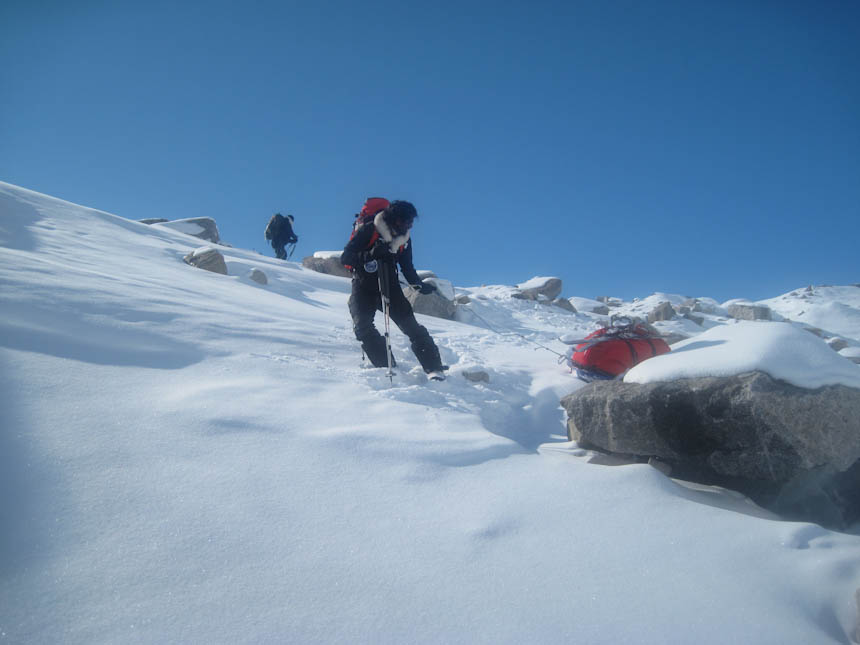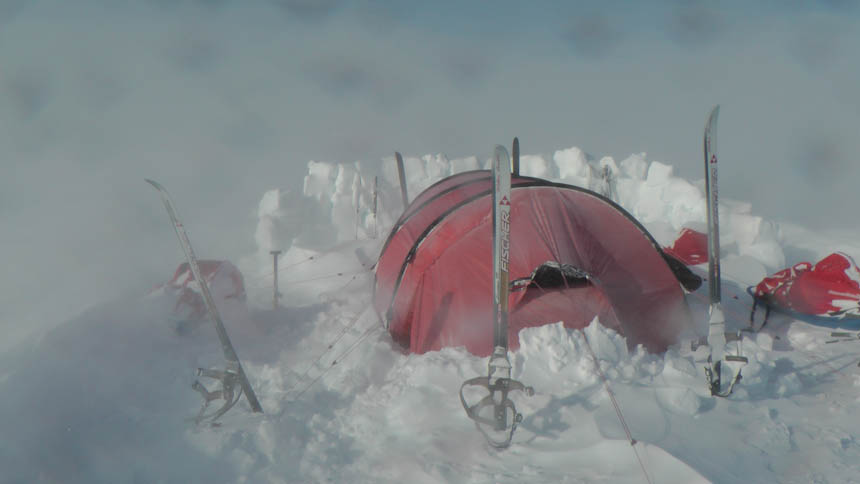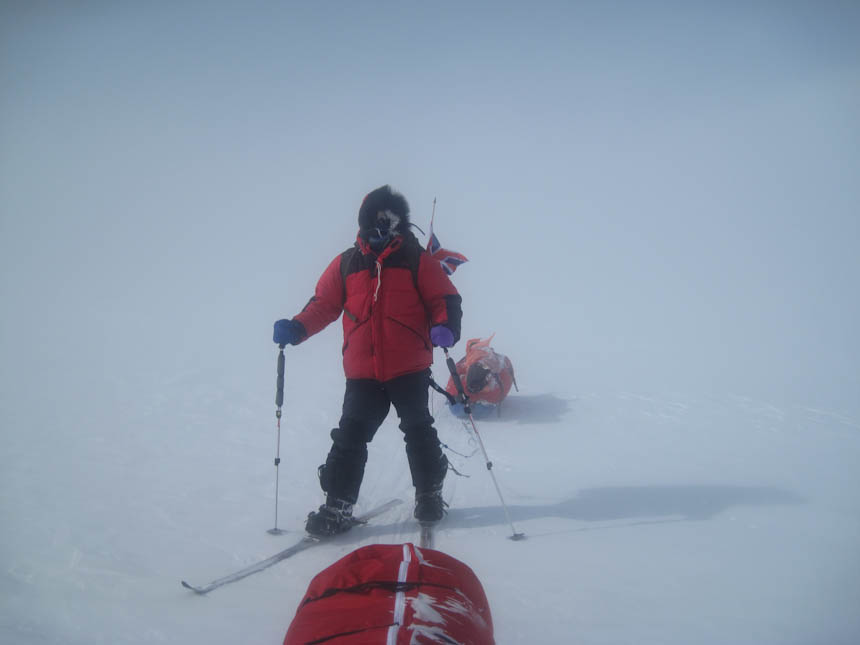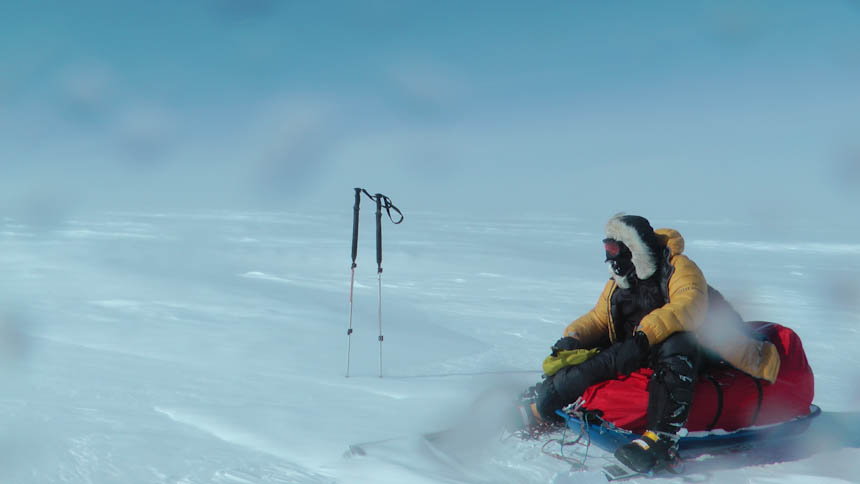"Here, take the line." Dipak said in earnest.I immediately stood in position and took the string from him with both hands, my right hand leading. The glass coated string slid across my taped up fingers with the satisfying taughtness of a well balanced kite. The wind was good in the setting sun and the kite flew well and free. That had become the habit of our Uttarayan (kite festival) experience up to now: Dipak would get the kite in the air and sufficiently high before passing control to our novice hands.
I surveyed the scene as the kite flew itself. We were three stories up on top of a small pol house in the densely packed walled city of Ahmedabad, the best place to experience Uttarayan. All around us, on every roof top and every terrace, families gathered to fly kites, eat and celebrate. Flat rooftop terraces hosted parties of extended families and friends whilst the slum houses of slanted, corrugated iron had smaller groups, precariously balanced children flying their kites with no safety net between their roof and a ten metre drop to the streets below. Thousands of kites filled the skies around us, the air filled with the sounds of celebration. War cries followed by shouts of joy as a kite is cut down merged together into a continuous hum and only the blaring radios pumping out bollywood songs could be distinguished over it.
"Look! There! Careful! He wants to cut your kite." Dipak exclaimed seeing the threat with an experience honed from a lifetime of kite flying and well before I registered the attack. The attacking kite had moved into position about twenty metres away from mine to my left in a purposeful move. I followed the almost invisible line down to the hands of its owner. It belonged to a rival roof terrace, a man in his thirties. The small terrace not much larger than six square metres was, much like ours, crowded with kite fliers, reel holders and spectactors. He saw me looking and grinned knowing full well that his kite was in a better position and that he was the better kite flier. "Let out some string." Dipak said over my shoulder. My attention was brought back to the urgent moment. I let some string out letting the kite be blown into a new position. The kite flitted around in the wind, being drawn further away but to my horror also dropped a few metres in altitude. The kite itself was circling around in a tight circle, facing downwards then upwards. The string was not taut and I started to panic: I was losing control of the kite in the most crucial moment. The other kite, now in a dominant higher position to mine, noticed the distress of my kite and moved in for the kill. The attacker flicked his kite to face downwards in a sweeping motion directly into an interception line of my kite string.
"What should I do?" I asked Dipak, panic rising, evident in my voice. "Wait." he answered, calmly and patiently, his eyes carefully surveying the scene, calculating. The attacking kite was now closing in at a ferocious speed leaving only a few metres between our sharp glass coated kite strings. "Now! Pull up!" shouted Dipak without any warning. I immediately flicked the string and the struggling kite faced briefly upwards. It was enough. I tugged the string with all my might and the kite shot upwards towards the intercepting kite. "Pull in, pull in!" Dipak and Molik, my reel handler, shouted in chorus. With all the speed I could muster I began pulling in the kite string. The sharp string was sometimes sliding across my taped hands and sometimes over unprotected patches of skin. I didn't care. I pulled and heaved the string, the world melting away in insignificance. My kite reacted like a waking giant, shooting upwards at the approaching kite. Our strings locked. I felt the contact in the string, adrenaline surged and I pulled again with everything I had left in my aching arms.
"KAIPU!!" shouted Dipak and Moloki, arms in the air in celebration. I continued pulling, not knowing what had happened. A second later, I saw what they had already seen: The attacking kite with all its speed and control was now floating aimlessly like a falling leaf. "YES!" I shouted in joy, joining in the celebration and euphoria. Our kite had sliced through the attacking kite's string. We ran to the side of our terrace facing our adversary, "Kaipu!" our fists pumping. The defeated kite flier, busy pulling in his limp kite string, acknowledged our success with a sheepish smile and a wave. He will have another kite in the air soon and he'll be going for revenge.
